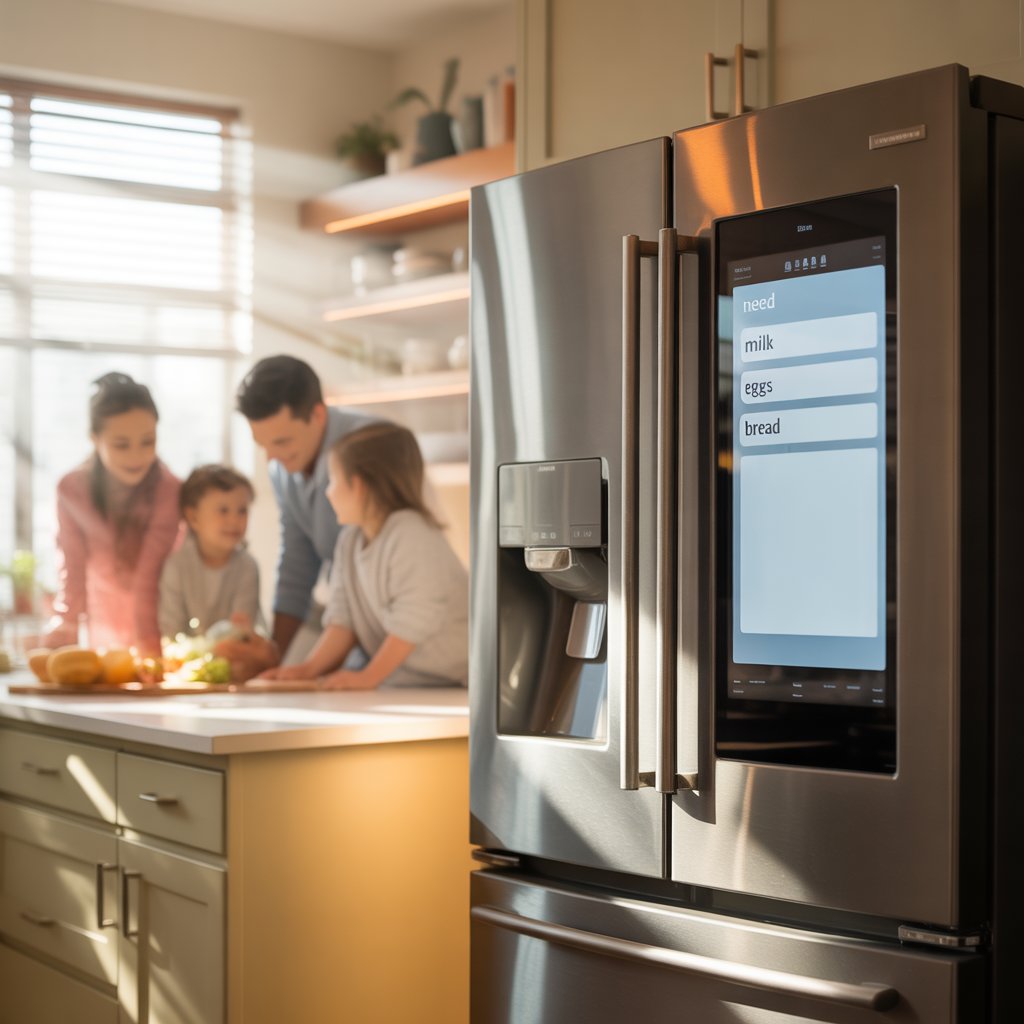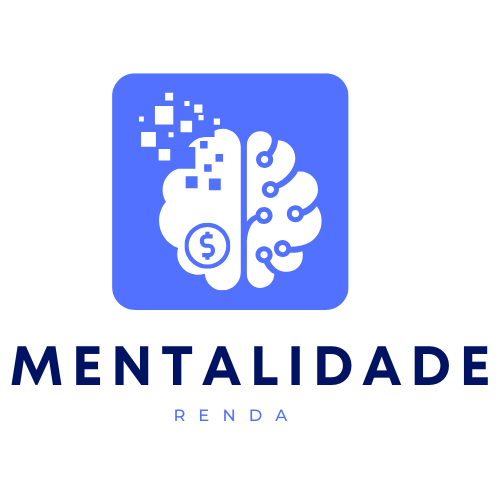Achieving a healthy balance between work and personal life is increasingly difficult in today’s fast-paced, always-connected world. Many people find themselves working long hours, struggling to manage personal commitments, or feeling overwhelmed by constant notifications. The good news is that AI tools can help you organize your time, reduce stress, set boundaries, and maintain a better balance between your professional and personal life. In this article, we’ll explore how AI can support you in finding and maintaining that important work-life balance.

1. AI for Efficient Time Management
Effective time management is essential for maintaining balance. AI-powered tools can help you prioritize tasks, optimize your schedule, and prevent work from bleeding into personal time.
How AI helps with time management:
- Google Calendar + Google Assistant: Google Calendar integrates with Google Assistant to automatically schedule your meetings, remind you of important events, and suggest time slots that fit into your work and personal schedules. Google Assistant can even suggest times for you to take breaks, helping you step away from work.
- RescueTime: RescueTime tracks how much time you spend on work versus personal activities. It gives you insights into your productivity and alerts you if you’re spending too much time on work or non-essential tasks, helping you find balance and avoid burnout.
- Clockify: Clockify uses AI to track your time spent on different tasks. It helps you visualize where you’re allocating your time and suggests ways to adjust your work habits to ensure you’re setting aside time for personal activities.
Why use it:
AI tools for time management allow you to organize and optimize your schedule, ensuring that you allocate enough time for work while also creating space for personal and leisure activities.
2. AI for Setting Work-Life Boundaries
One of the biggest challenges in maintaining work-life balance is managing when to stop working. AI can help you set clear boundaries by automating your work-related notifications and managing your workload effectively.
How AI helps set boundaries:
- Slack’s “Do Not Disturb” Feature: Slack’s AI-powered features allow you to set “Do Not Disturb” modes during personal time, silencing work-related notifications. This helps you disconnect from work and focus on your personal life without the constant barrage of messages.
- Microsoft Outlook’s “Working Hours”: Microsoft Outlook’s AI features can help you set working hours for your calendar, automatically marking certain times as outside of your workday. This lets you set clear boundaries, so colleagues know when you’re unavailable.
- Forest: Forest uses AI to help you stay focused on personal tasks by preventing distractions from your phone. The app allows you to set a timer for personal activities (e.g., exercise, family time), and it helps you stay off social media or work-related apps during these periods.
Why use it:
AI tools can automate boundaries, allowing you to disconnect from work, focus on personal time, and prevent work from creeping into your evenings or weekends.
3. AI for Reducing Stress and Improving Mental Health
Work-related stress can spill over into your personal life, affecting relationships and overall well-being. AI-powered tools can help reduce stress, improve focus, and encourage self-care.
How AI helps with stress reduction:
- Headspace: Headspace uses AI to offer personalized mindfulness and meditation practices. Whether you’re feeling overwhelmed by work or personal commitments, Headspace provides guided sessions to help you relax and refocus, reducing stress levels.
- Calm: Calm provides AI-powered recommendations for relaxation techniques, including meditation, breathing exercises, and soothing sounds. It suggests exercises tailored to your stress levels, helping you unwind after a long workday.
- Wysa: Wysa is an AI chatbot that offers emotional support and guidance for managing stress and anxiety. It provides tools for dealing with difficult emotions, ensuring that work-related pressures don’t negatively impact your personal well-being.
Why use it:
AI tools for stress management help you improve mental health by offering personalized relaxation and coping strategies. This promotes a healthier work-life balance and ensures that stress doesn’t overpower your personal life.
4. AI for Tracking and Managing Personal Goals
Balancing work and personal life means setting goals in both areas and tracking progress. AI tools can help you set, track, and achieve personal goals without compromising your professional commitments.
How AI helps with goal management:
- Todoist: Todoist uses AI to help you organize both personal and work-related tasks. It categorizes goals and suggests the most important tasks to focus on each day, helping you achieve personal milestones while keeping up with work.
- Coach.me: Coach.me is an AI-powered app that helps you track habits and set personal goals. It provides reminders and motivational nudges to ensure you stay on track, whether it’s personal fitness goals, reading, or learning new skills.
- Strides: Strides uses AI to track progress toward your goals, whether they’re work-related or personal. It helps you break larger goals into smaller, more manageable tasks, ensuring steady progress without feeling overwhelmed.
Why use it:
AI tools for goal management help you stay focused and track progress in both work and personal areas, ensuring that you’re achieving balance while progressing in all aspects of life.
5. AI for Automating Routine Tasks
One of the reasons work can overwhelm personal life is that many routine tasks are time-consuming. AI can help automate mundane or repetitive tasks, saving you time and freeing up space for personal activities.
How AI helps with automation:
- Zapier: Zapier connects different apps and automates tasks like saving files, sending follow-up emails, or scheduling meetings. For example, you can automate email sorting, reminders, or social media posts, ensuring that you don’t spend unnecessary time on routine work tasks.
- IFTTT (If This Then That): IFTTT allows you to automate everyday actions, such as turning off your work computer at the end of the day, or setting up reminders for personal activities like cooking or exercise.
- Google Assistant / Siri / Alexa: These virtual assistants can automate tasks like turning on lights, adjusting your thermostat, or controlling smart appliances. By automating routine home tasks, you save time for personal activities and reduce mental load.
Why use it:
AI-powered automation helps reduce the time spent on repetitive tasks, giving you more time to focus on both professional and personal activities, ensuring you can achieve a better balance.
6. AI for Enhancing Communication and Reducing Overload
Managing communication can be one of the most challenging aspects of balancing work and personal life. AI can help streamline communication and reduce the burden of constantly checking messages, emails, and notifications.
How AI helps with communication management:
- SaneBox: SaneBox uses AI to organize and prioritize your email inbox, ensuring you only receive important messages. It filters out less relevant emails and sends reminders for follow-ups, helping you manage your communication more efficiently.
- Slack’s Workflow Automation: Slack uses AI to automate team communication, set reminders, and organize channels. You can configure Slack to notify you only about critical messages and mute less important conversations during personal time.
- Google Assistant / Siri: Virtual assistants can also manage your communications by sending quick replies or organizing messages, ensuring that work-related notifications don’t disturb your personal time.
Why use it:
AI helps manage communication by organizing and filtering messages, ensuring that you focus on important matters and reducing the overload of notifications. This creates a smoother, less stressful communication flow.
7. AI for Maintaining a Healthy Work-Life Balance
Maintaining a work-life balance requires regularly evaluating your habits and adjusting your schedule. AI can provide insights and suggestions for better balance and help you stay aware of when you might be overworking.
How AI helps with maintaining balance:
- LifeSum: LifeSum uses AI to help you manage your health, including nutrition and fitness. It helps you balance work-related stress by suggesting healthy habits like exercise, proper eating, and mindfulness practices.
- Toggl: Toggl tracks your time spent on work and personal tasks. AI provides insights into your time allocation and offers suggestions for improvement, helping you create a better balance between work and personal life.
- Fabulous: Fabulous helps you set personal goals and establish healthy habits. It uses AI to suggest daily routines that integrate both work and personal life, ensuring that you create a balanced lifestyle.
Why use it:
AI tools for maintaining balance help you reflect on your habits, suggest improvements, and ensure that your work-life balance remains healthy over time.
Conclusion
Achieving a healthy work-life balance is essential for maintaining productivity, mental health, and personal happiness. AI can be an invaluable tool in helping you manage your time, set boundaries, reduce stress, and automate tasks that often consume your day. By integrating AI tools like Google Assistant, RescueTime, Slack, and Forest, you can better organize your time, prioritize what matters, and ensure that both your work and personal life receive the attention they deserve.
With AI’s help, you can not only improve efficiency and focus but also maintain a healthier, more fulfilling balance between your professional and personal commitments.
